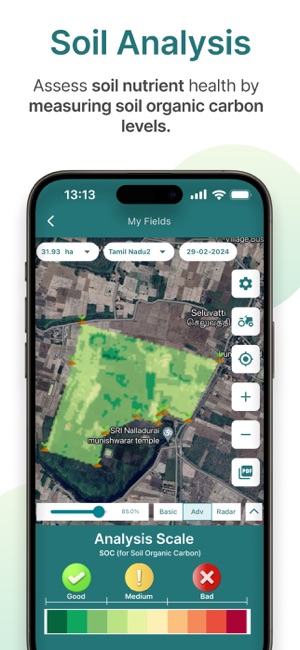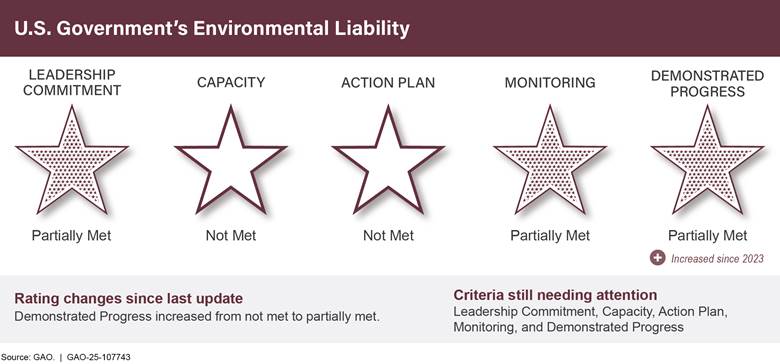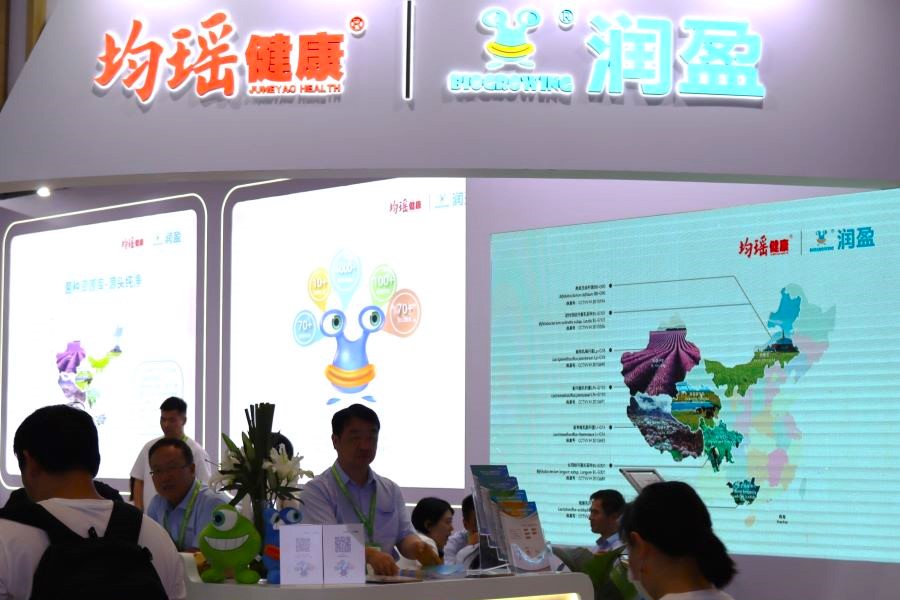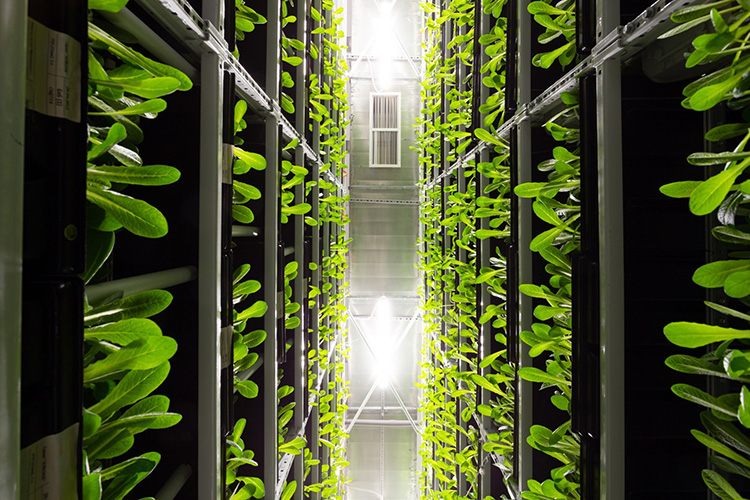Report on Urban Agriculture as a Catalyst for Achieving Sustainable Development Goals
This report examines the role of urban agriculture in enhancing food security and promoting sustainable urban development. With global urban populations projected to reach 68% by 2025, traditional food supply chains face unprecedented strain. Urban agriculture presents a viable strategy to address these challenges, directly contributing to the achievement of several United Nations Sustainable Development Goals (SDGs).
Urban Agriculture’s Alignment with Global Sustainability Frameworks
Urban agriculture, defined as the cultivation, processing, and distribution of food within urban environments, is integral to building resilient and sustainable cities. Its implementation directly supports key international development objectives, most notably the Sustainable Development Goals.
Core Linkages to the Sustainable Development Goals (SDGs)
- SDG 2 (Zero Hunger): By localizing food production, urban agriculture improves access to sufficient, safe, and nutritious food, addressing targets related to ending hunger and ensuring sustainable food production systems.
- SDG 11 (Sustainable Cities and Communities): It enhances urban resilience, makes cities more inclusive and sustainable, and reduces the environmental impact of cities by shortening food supply chains.
- SDG 3 (Good Health and Well-being): Increased availability of fresh produce helps combat malnutrition and diet-related non-communicable diseases.
- SDG 8 (Decent Work and Economic Growth): Urban farming creates green jobs and fosters local economic development, promoting inclusive and sustainable economic growth.
- SDG 12 (Responsible Consumption and Production): It promotes sustainable production patterns, reduces food loss and waste, and minimizes the carbon footprint associated with food transportation.
- SDG 13 (Climate Action): Local food systems strengthen resilience to climate-related hazards and can reduce greenhouse gas emissions from long-distance food transport.
Analysis of Urban Agriculture’s Impact on Food Security and Sustainable Development
Urban agriculture strengthens the four pillars of food security—Availability, Access, Utilization, and Stability—while simultaneously advancing multiple SDGs.
1. Enhancing Food Availability and Access (SDG 2 & SDG 11)
Urban agriculture directly increases the local supply of fresh food, transforming underutilized urban spaces into productive landscapes. This is critical for addressing “food deserts” and ensuring all urban dwellers have access to nutritious options, a key target of SDG 2 and SDG 11.
- Rooftop Gardens: Maximize food production in dense urban areas, contributing to local food self-sufficiency.
- Community Gardens: Foster community cohesion while providing residents with direct access to fresh produce.
- Vertical Farming: Utilizes vertical space for high-yield production, significantly boosting food availability with a minimal physical footprint.
Projections indicate that such initiatives could supply up to 20% of a city’s fresh vegetable demand, substantially improving food availability and access for urban populations.
2. Building Resilience and Reducing Supply Chain Vulnerability (SDG 11 & SDG 13)
By decentralizing food production, urban agriculture reduces dependence on long and fragile global supply chains. This localization builds resilience against disruptions caused by climate events, economic shocks, or pandemics, directly supporting SDG 11.b (implementing strategies for disaster risk reduction) and SDG 13.1 (strengthening resilience to climate-related hazards).
- Localized Production as a Buffer: Urban farms provide a consistent supply of fresh food, mitigating the impact of external supply chain failures.
- Reduced Food Miles: Shortening the distance from farm to table significantly cuts transportation-related carbon emissions, contributing to climate action goals. Sustainable urban food systems can reduce these emissions by over 30%.
- Emergency Response Capability: Community-based agriculture can be rapidly mobilized during crises to ensure continued access to nutritious food.
3. Promoting Nutrition and Public Health (SDG 3)
Urban agriculture is a powerful tool for improving public health outcomes. By providing direct access to fresh, nutrient-rich produce, it helps improve dietary diversity and combat malnutrition, which is central to SDG 3 (Good Health and Well-being).
- Improved Dietary Diversity: Access to a variety of locally grown vegetables, fruits, and herbs enhances the nutritional quality of urban diets.
- Health Education: Urban farming initiatives often include educational components that increase food literacy and promote healthier eating habits.
- Disease Prevention: Increased consumption of fresh produce is linked to lower rates of diet-related illnesses, contributing to SDG target 3.4.
4. Fostering Inclusive Economic Opportunities (SDG 1, SDG 8 & SDG 12)
Urban agriculture creates economic value and provides livelihoods, particularly for marginalized communities. This contributes to poverty reduction (SDG 1), promotes decent work (SDG 8), and builds sustainable local economies (SDG 12).
- Job Creation: The sector generates employment in cultivation, processing, distribution, and sales.
- Economic Empowerment: It offers income-generating opportunities for women, youth, and low-income groups, fostering economic inclusion.
- Development of Local Markets: Urban agriculture strengthens local food economies and supports small-scale producers, aligning with principles of responsible consumption and production.
The Role of Technology in Scaling Urban Agriculture for SDG Attainment
Technological innovation is critical for scaling the impact of urban agriculture. Satellite monitoring, Artificial Intelligence (AI), and blockchain technology can optimize production, enhance transparency, and ensure sustainability, thereby accelerating progress toward the SDGs.
- Satellite-Based Monitoring: Provides data on crop health and resource use, enabling efficient management that supports SDG 2.4 (ensure sustainable food production systems).
- AI-Driven Advisory: Offers predictive insights for risk management and climate adaptation, enhancing the resilience required by SDG 11 and SDG 13.
- Blockchain for Traceability: Ensures food safety and transparency from farm to consumer, building trust and supporting the goals of SDG 12 (responsible consumption).
Strategic Recommendations for 2025 and Beyond
To fully realize the potential of urban agriculture, integrated policy and investment are required. The following strategic actions are recommended for municipal governments and urban planners:
- Policy Integration: Incorporate urban agriculture into city planning, zoning regulations, and public health strategies to create an enabling environment.
- Investment in Technology: Promote the adoption of technologies that increase efficiency, sustainability, and scalability of urban food systems.
- Community Engagement and Education: Support community-led initiatives and provide training to empower new urban farmers.
- Environmental Stewardship: Establish guidelines for sustainable resource management, including water recycling and energy efficiency, to ensure urban agriculture contributes positively to the urban ecosystem.
Conclusion: An Integrated Pathway to Sustainable Urban Futures
Urban agriculture is a powerful, multi-faceted strategy that directly contributes to a wide range of Sustainable Development Goals. By enhancing food security, building resilience, improving public health, and fostering inclusive economies, it serves as a cornerstone for developing the sustainable and equitable cities envisioned in the 2030 Agenda for Sustainable Development. Its integration into urban policy and practice is not merely beneficial but essential for creating resilient food systems capable of supporting a growing global urban population.
Which SDGs are addressed or connected to the issues highlighted in the article?
-
SDG 2: Zero Hunger
The article’s primary focus is on food security, which is the core of SDG 2. It discusses all four pillars of food security (Availability, Access, Utilization, Stability) and how urban agriculture can ensure access to “sufficient, safe, and nutritious food” for urban populations.
-
SDG 11: Sustainable Cities and Communities
The entire context of the article is urban environments. It addresses the challenges of rapid urbanization and proposes urban agriculture as a solution to make cities more resilient, sustainable, and food-secure. It discusses using urban spaces (rooftops, vacant lots) and reducing the environmental impact of cities through localized food systems.
-
SDG 1: No Poverty
The article connects urban agriculture to economic empowerment, stating it can “bolster household access to nutritious foods and reduce poverty” by providing “income from surplus produce” for low-income groups.
-
SDG 3: Good Health and Well-being
The article highlights how urban agriculture promotes “nutrition and dietary diversity” and provides access to “fresh, healthy, and nutritious foods,” which is linked to “lower rates of diet-related diseases and malnutrition.”
-
SDG 8: Decent Work and Economic Growth
The text points out that urban agriculture “produces essential jobs in gardening, processing, and food distribution,” creating livelihoods that empower “women, youth, and low-income groups.”
-
SDG 12: Responsible Consumption and Production
By shortening the distance from farm to table, urban agriculture helps reduce “spoilage” and “food transportation costs,” which aligns with the goal of reducing food losses along supply chains.
-
SDG 13: Climate Action
The article presents urban agriculture as a strategy to build resilience against “climate change” and “unpredictable climate patterns.” It also directly mentions the benefit of cutting “food transportation emissions by 30%,” contributing to climate mitigation.
What specific targets under those SDGs can be identified based on the article’s content?
-
SDG 2: Zero Hunger
- Target 2.1: End hunger and ensure access to safe, nutritious and sufficient food. The article directly supports this by explaining how urban agriculture improves access to “nutritious, fresh, and affordable food,” especially in “food deserts” where such options are scarce.
- Target 2.4: Ensure sustainable food production systems and implement resilient agricultural practices. The article describes urban agriculture as a “promising strategy” for “sustainable urban food systems” that are resilient to “external shocks, such as supply chain breakdowns or climate change-related disruptions.”
-
SDG 11: Sustainable Cities and Communities
- Target 11.3: Enhance inclusive and sustainable urbanization. The article advocates for integrating urban agriculture into city planning through “municipal support to designate land, amend zoning, and support local production,” which is a form of sustainable urbanization.
- Target 11.6: Reduce the adverse per capita environmental impact of cities. The article explicitly states that “sustainable food systems can cut food transportation emissions by 30%” and promotes tools to “monitor, benchmark, and reduce food transportation and production emissions.”
- Target 11.7: Provide universal access to safe, inclusive and accessible, green and public spaces. The promotion of “community gardens” directly relates to this target, as they serve as green spaces that “foster social capital, promoting inclusion and active citizenship.”
-
SDG 8: Decent Work and Economic Growth
- Target 8.5: Achieve full and productive employment and decent work for all. The article identifies that urban agriculture “produces essential jobs” and creates “livelihoods” that empower marginalized groups like “women, youth, and low-income groups.”
Are there any indicators mentioned or implied in the article that can be used to measure progress towards the identified targets?
-
Percentage of Food Needs Met
The article states, “By 2025, urban agriculture could provide up to 20% of city dwellers’ fresh vegetable needs worldwide.” This is a direct indicator for measuring food availability (SDG 2).
-
Reduction in Emissions
The text mentions, “Cities using sustainable food systems can cut food transportation emissions by 30%.” This serves as a clear indicator for measuring the reduction of the environmental impact of cities (SDG 11.6) and climate action (SDG 13).
-
Food Access Improvement
The comparison table provides a metric for “Food Access Improvement (% Increase in Nutritious Options),” with values ranging from 14% to 25% depending on the strategy. This can be used to measure progress towards ensuring access to nutritious food (SDG 2.1).
-
Reduction in Food Miles
The table includes “Sustainability Benefits (Food Miles Reduction),” with figures like “Up to 40% Reduction.” This is an indicator for more sustainable production and consumption patterns (SDG 12.3) and reducing emissions (SDG 11.6).
-
Resilience Boost
The table quantifies the “Resilience Boost (% Increase During Disruptions),” with values from 10% to 20%. This is a direct indicator for measuring the resilience of food systems to shocks (SDG 2.4) and climate-related hazards (SDG 13.1).
-
Community Engagement Rate
The table includes a metric for “Community Engagement (% Urban Population Participating),” with figures between 3% and 12%. This can be used as an indicator for inclusive and participatory urban planning (SDG 11.3).
Table of SDGs, Targets and Indicators
| SDGs | Targets | Indicators |
|---|---|---|
| SDG 2: Zero Hunger | 2.1: End hunger and ensure access to safe, nutritious and sufficient food.
2.4: Ensure sustainable food production systems and implement resilient agricultural practices. |
Percentage of city dwellers’ fresh vegetable needs met (up to 20%). Percentage increase in nutritious options (14-25%). Resilience boost (% increase in food supply during disruptions, 10-20%). |
| SDG 11: Sustainable Cities and Communities | 11.3: Enhance inclusive and sustainable urbanization.
11.6: Reduce the adverse per capita environmental impact of cities. |
Percentage of urban population participating in community engagement (3-12%). Percentage reduction in food transportation emissions (30%). Reduction in food miles (up to 40%). |
| SDG 1: No Poverty | 1.2: Reduce at least by half the proportion of people living in poverty. | Creation of income from surplus produce. |
| SDG 3: Good Health and Well-being | 3.4: Reduce premature mortality from non-communicable diseases. | Increased access to fresh, healthy, and nutritious foods to combat diet-related diseases. |
| SDG 8: Decent Work and Economic Growth | 8.5: Achieve full and productive employment and decent work for all. | Creation of essential jobs in gardening, processing, and food distribution for marginalized groups. |
| SDG 12: Responsible Consumption and Production | 12.3: Halve per capita global food waste and reduce food losses. | Reduction in food spoilage due to shortened supply chains. |
| SDG 13: Climate Action | 13.1: Strengthen resilience and adaptive capacity to climate-related hazards. | Percentage reduction in food transportation emissions (30%). Strengthened resilience to climate change-related disruptions. |
Source: farmonaut.com







